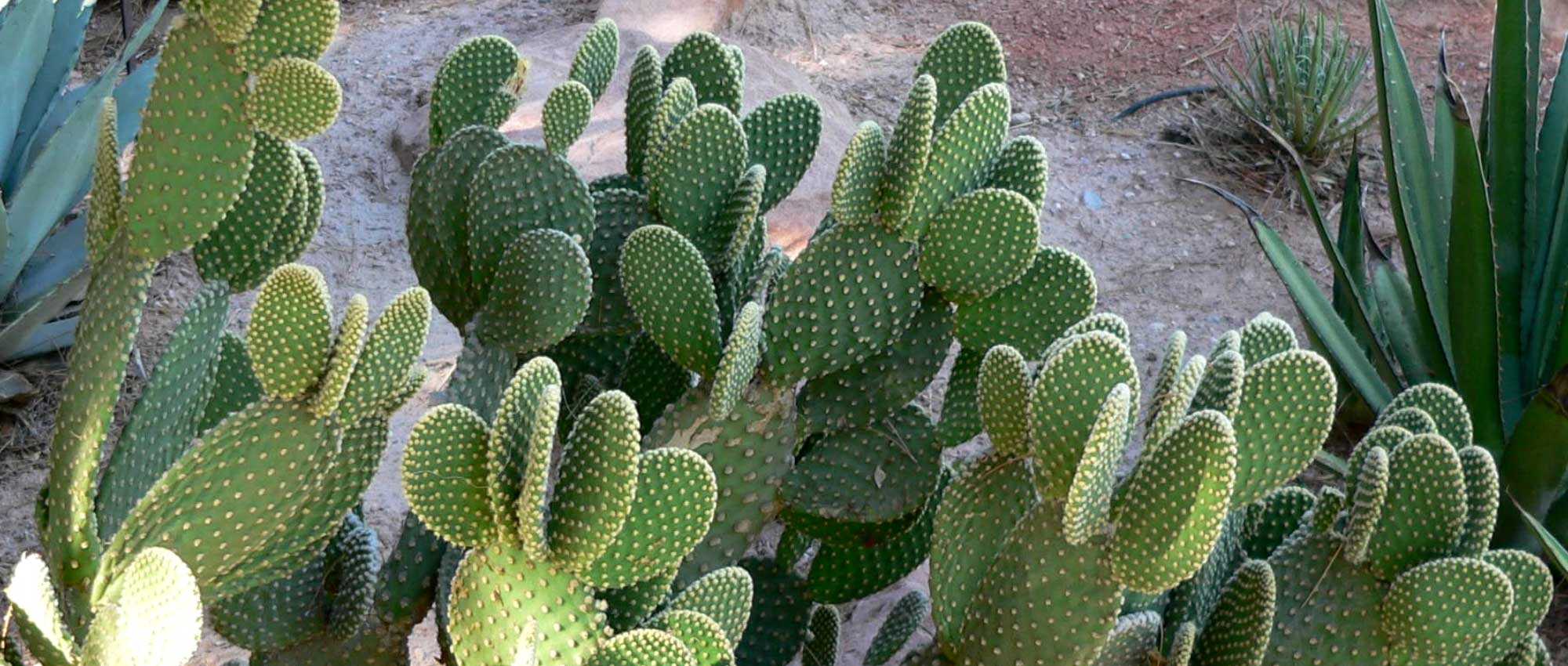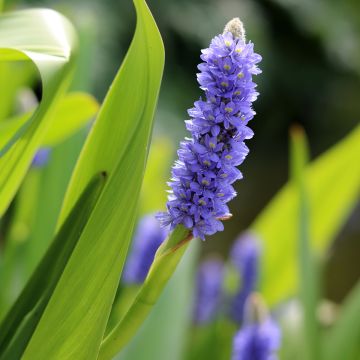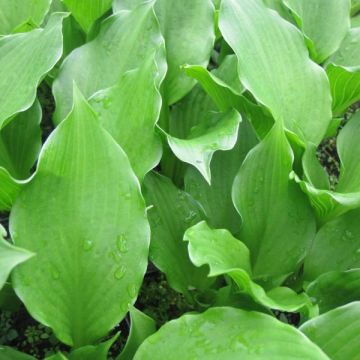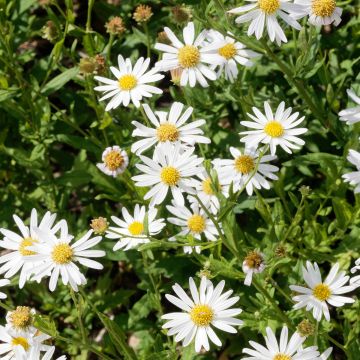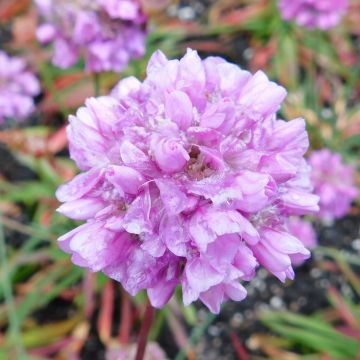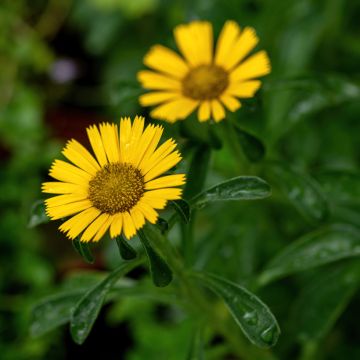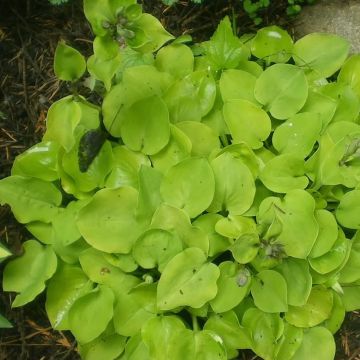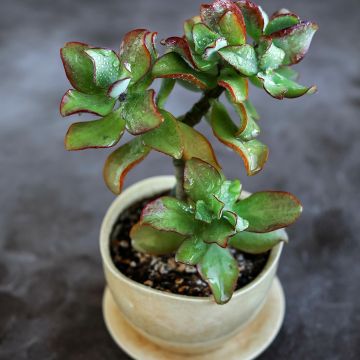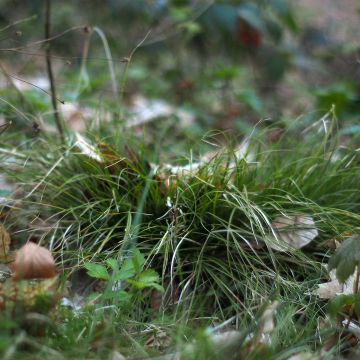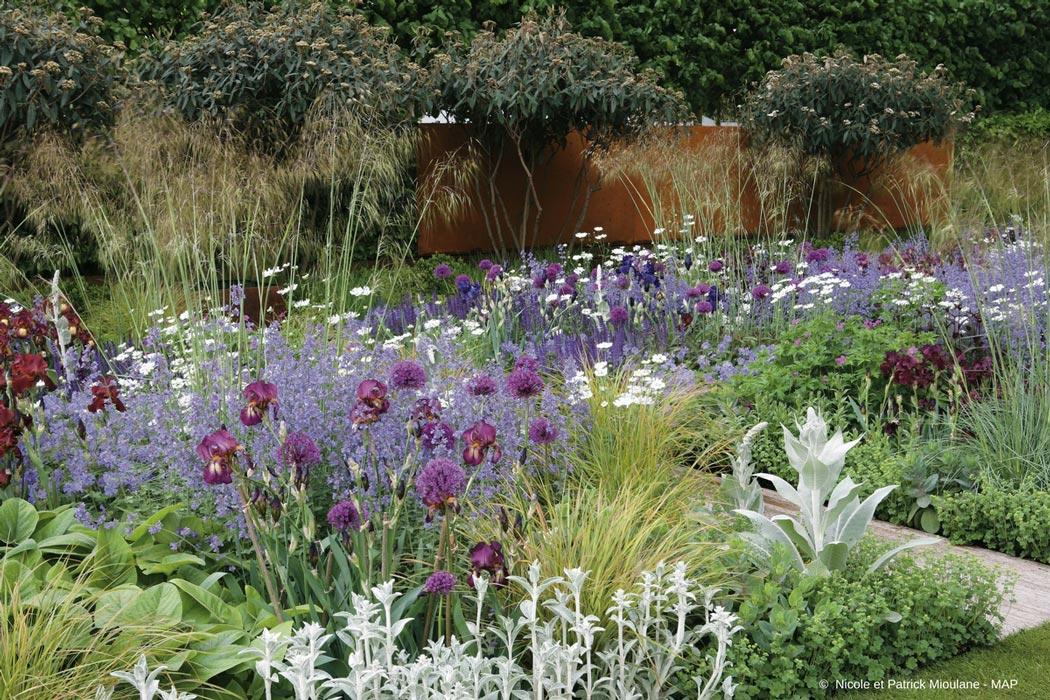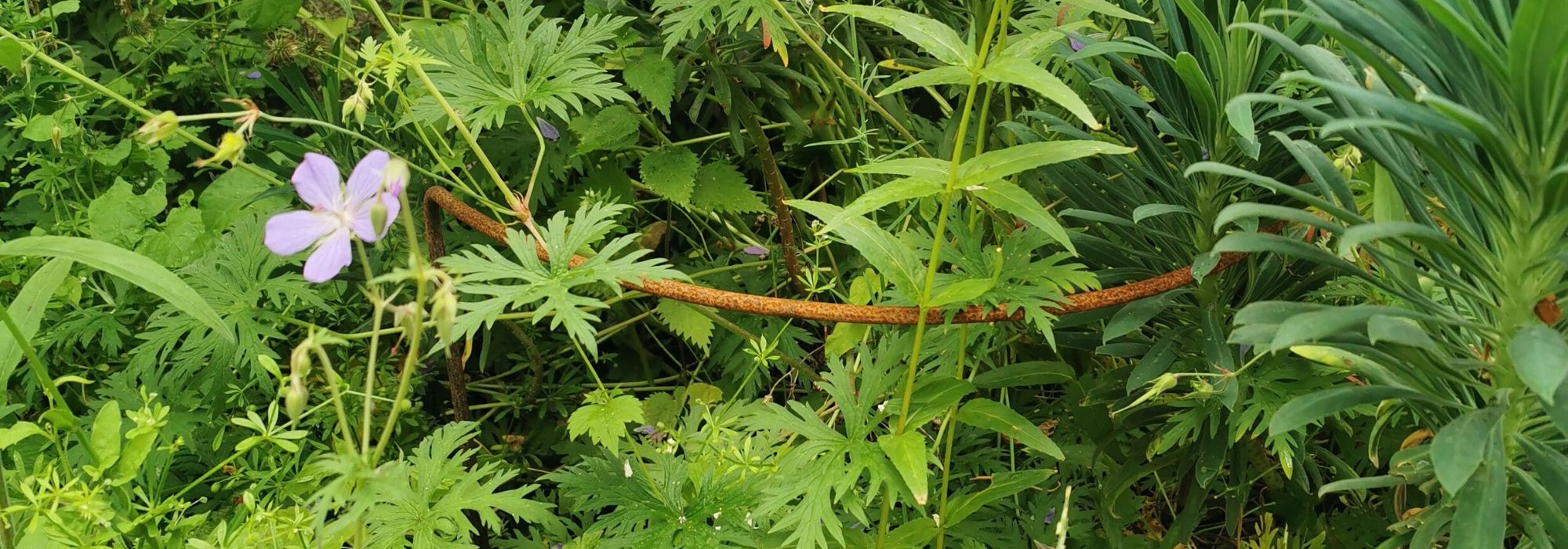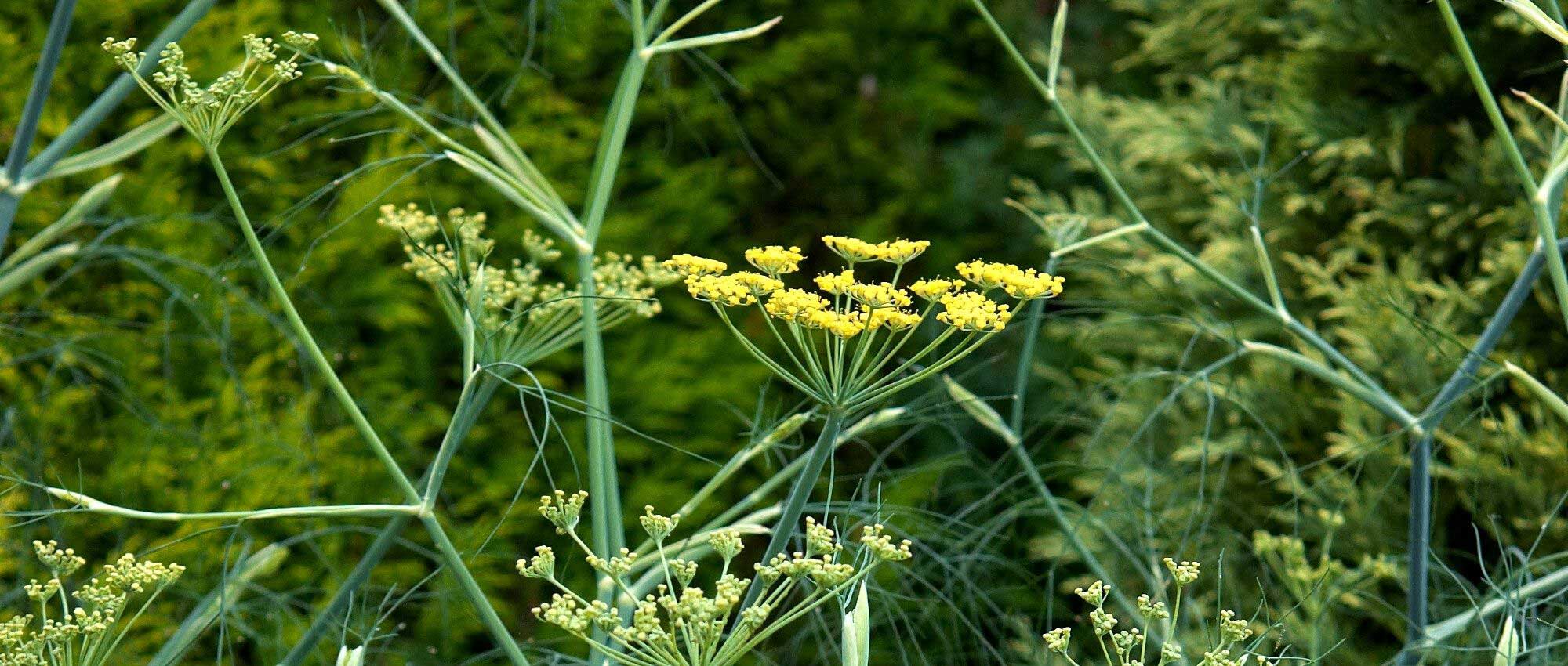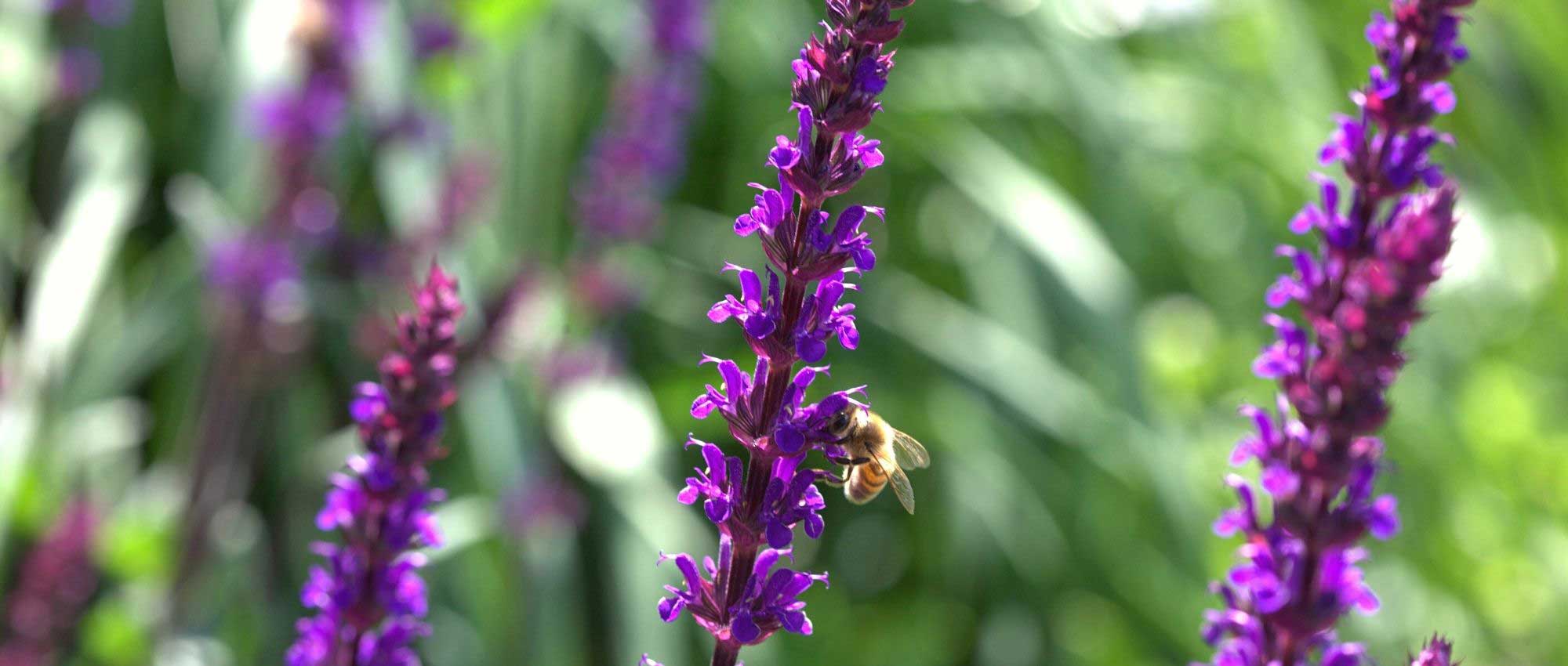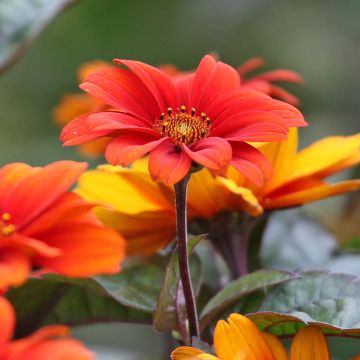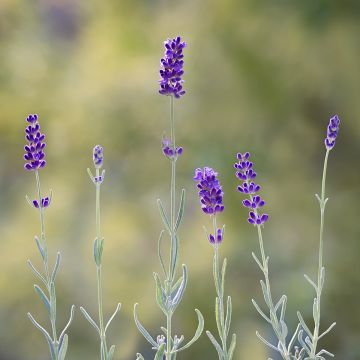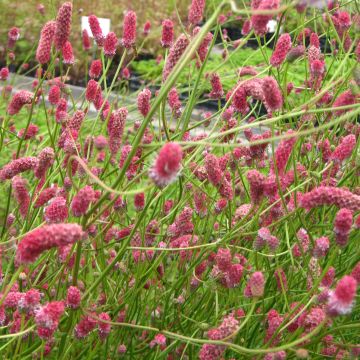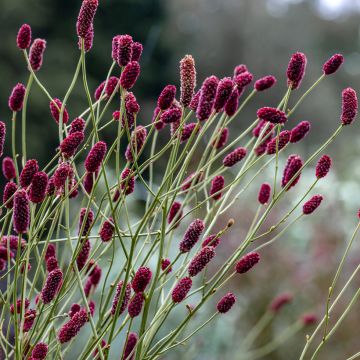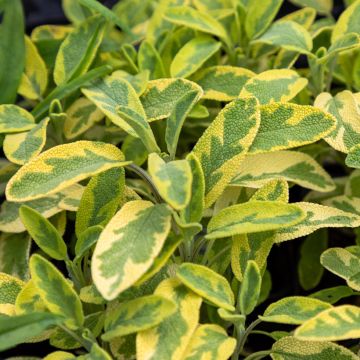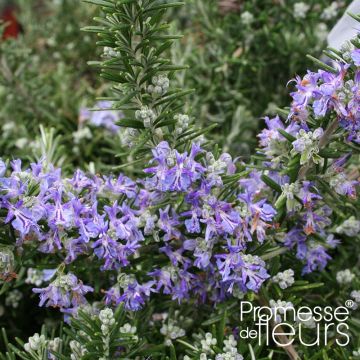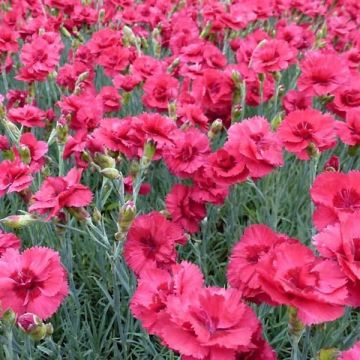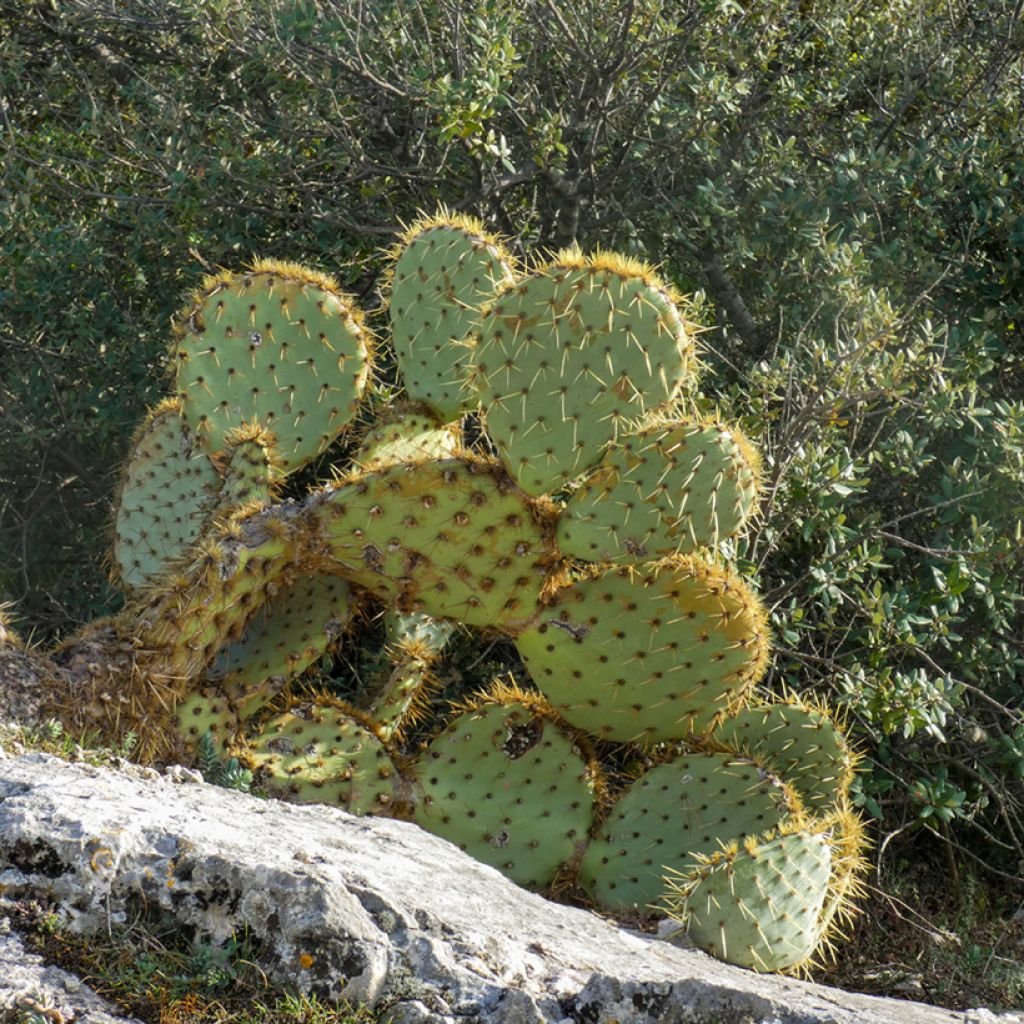

Opuntia engelmannii var. rastrera - Prickly Pear
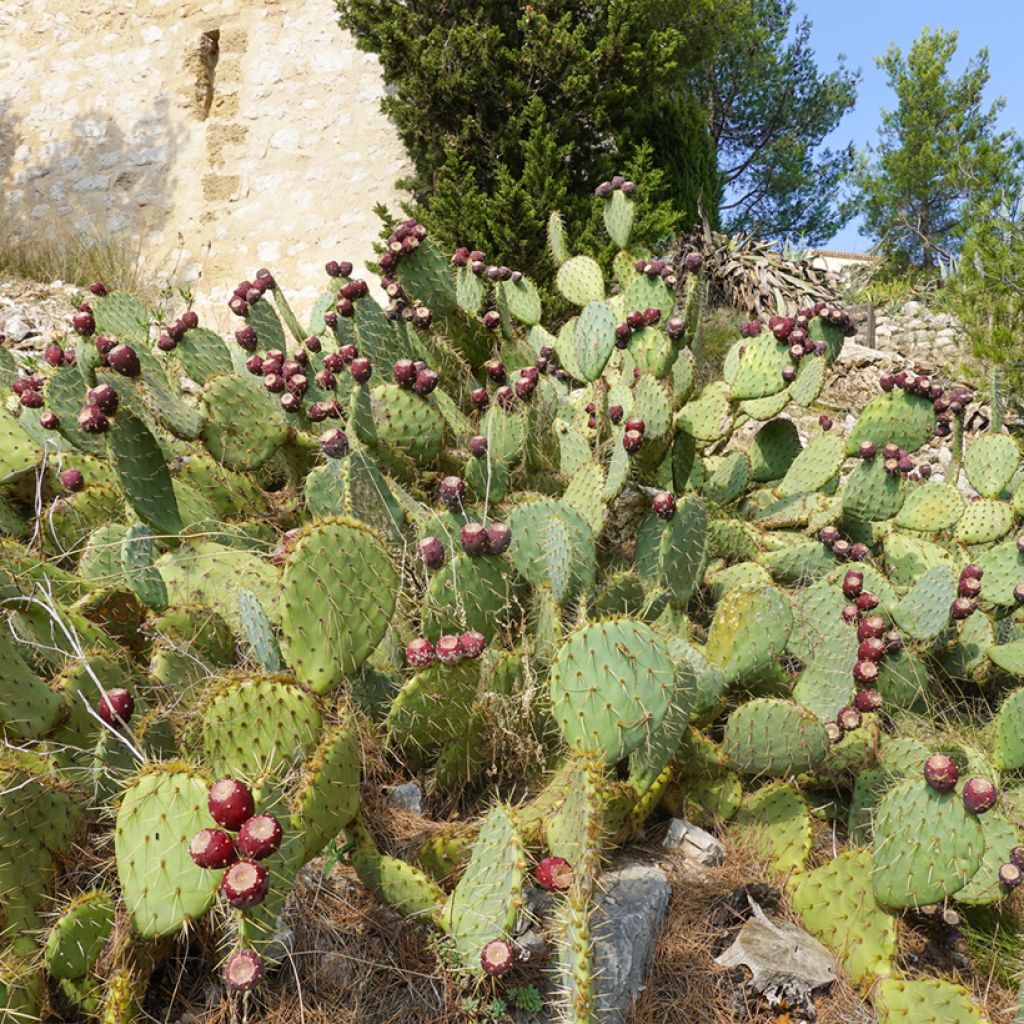

Opuntia engelmannii var. rastrera - Prickly Pear
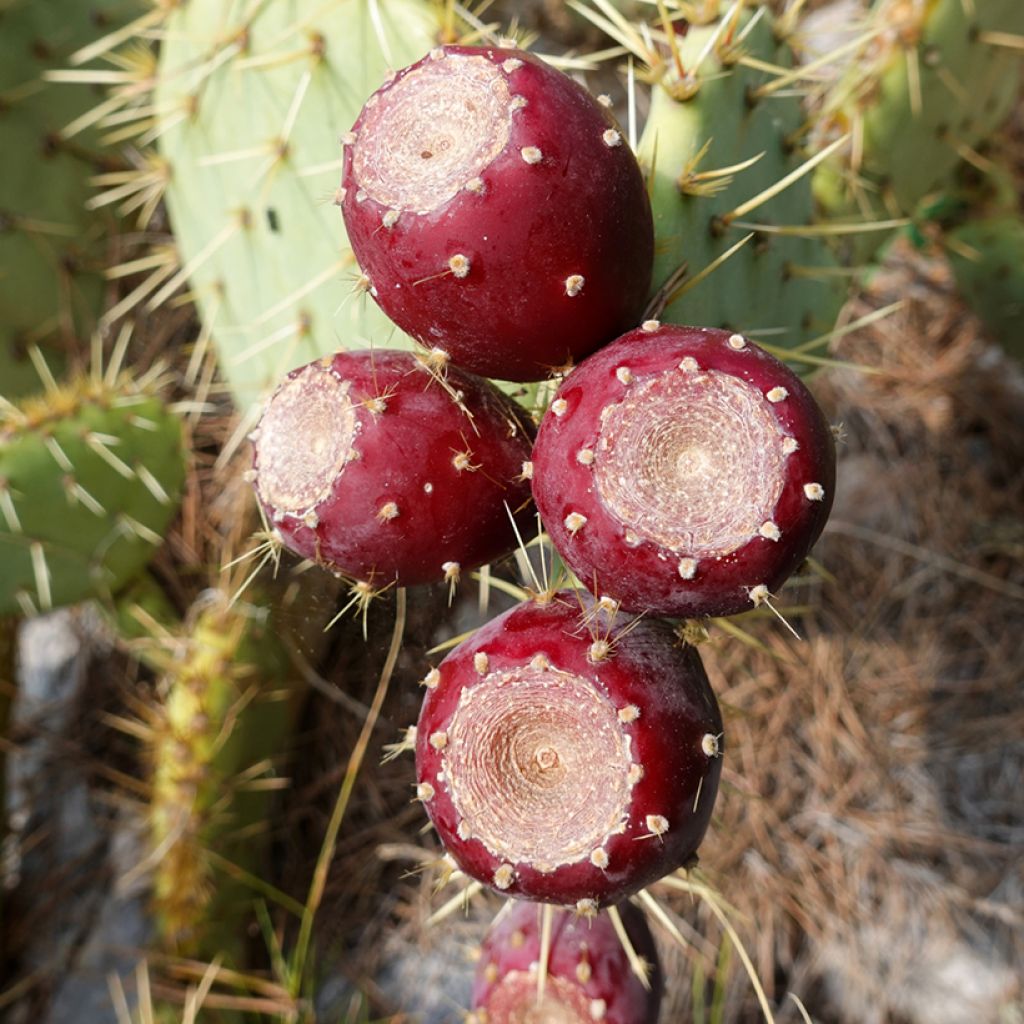

Opuntia engelmannii var. rastrera - Prickly Pear
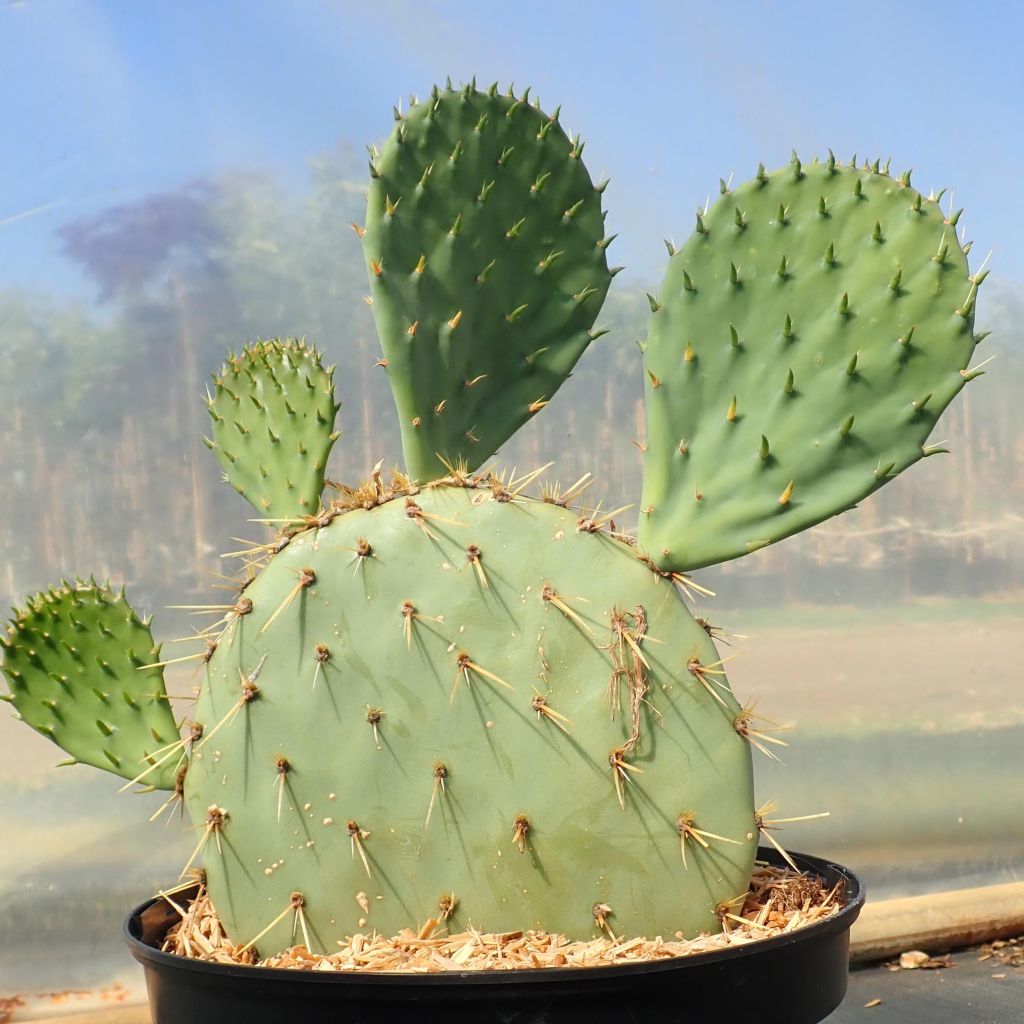

Opuntia engelmannii var. rastrera - Prickly Pear
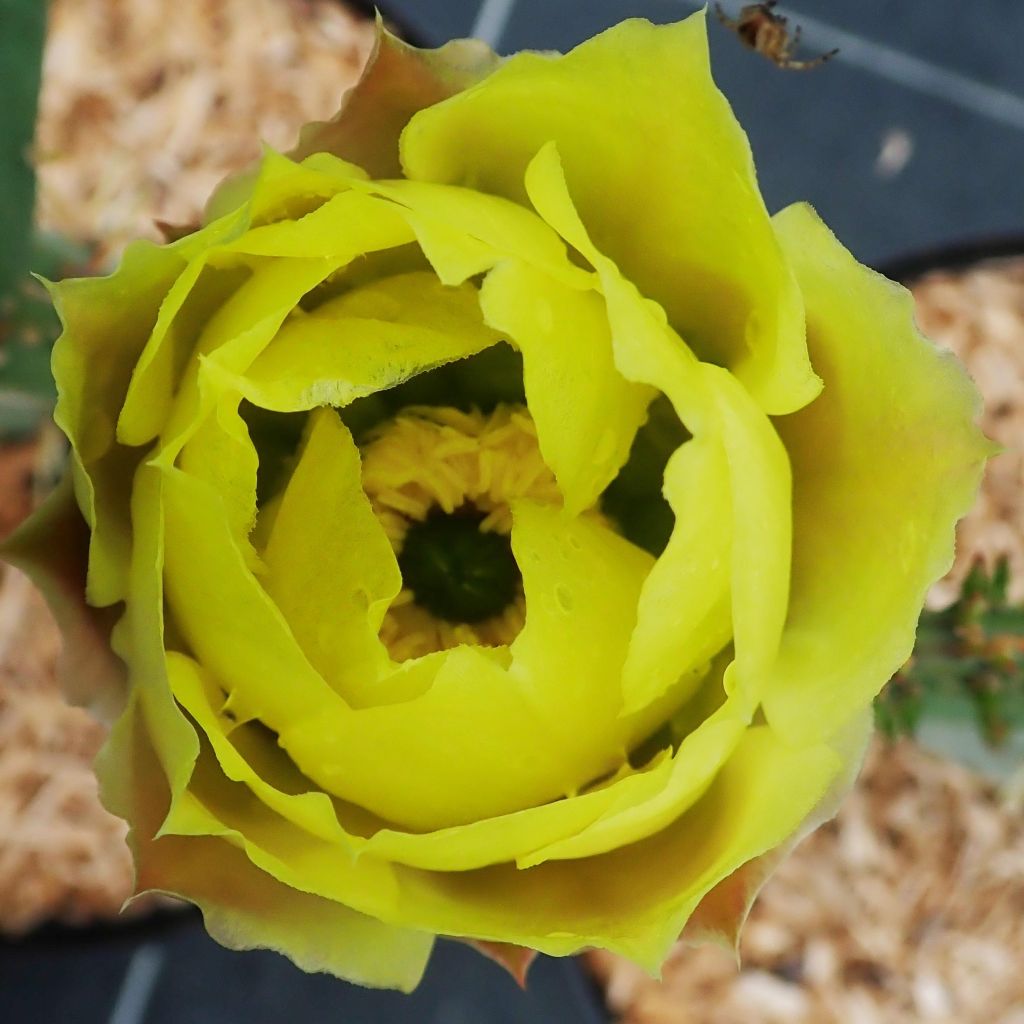

Opuntia engelmannii var. rastrera - Prickly Pear
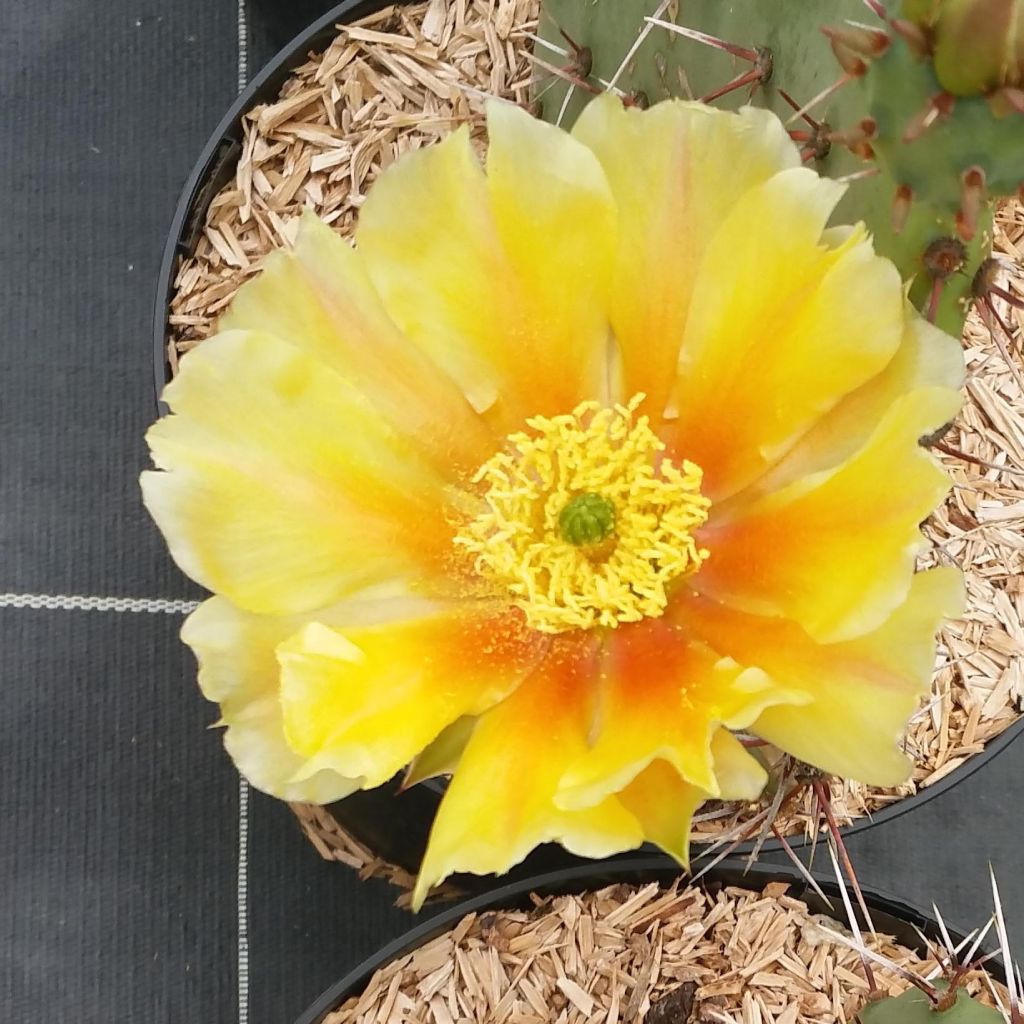

Opuntia engelmannii var. rastrera - Prickly Pear
Opuntia engelmannii var. rastrera - Prickly Pear
Opuntia engelmannii var. rastrera
Engelmann's Prickly Pear
The plant is larger than I imagined, a pleasant surprise. Just one small prickly pear broken, nothing serious, quickly replanted. I'm waiting to see how it will establish this summer and how it will handle its first winter.
Karine , 11/06/2025
Special offer!
Receive a €20 voucher for any order over €90 (excluding delivery costs, credit notes, and plastic-free options)!
1- Add your favorite plants to your cart.
2- Once you have reached €90, confirm your order (you can even choose the delivery date!).
3- As soon as your order is shipped, you will receive an email containing your voucher code, valid for 3 months (90 days).
Your voucher is unique and can only be used once, for any order with a minimum value of €20, excluding delivery costs.
Can be combined with other current offers, non-divisible and non-refundable.
Home or relay delivery (depending on size and destination)
Schedule delivery date,
and select date in basket
This plant carries a 12 months recovery warranty
More information
We guarantee the quality of our plants for a full growing cycle, and will replace at our expense any plant that fails to recover under normal climatic and planting conditions.

Does this plant fit my garden?
Set up your Plantfit profile →
Description
The Opuntia engelmannii var. rastrera is a vigorous and particularly hardy prickly pear variety, capable of adapting to almost all climates, including montane ones. This variety forms a low and sprawling bush, with a height not exceeding that of three prickly pear pads. These pads, thick and rounded, armed with sharp prickle, often take a heart shape. The spring flowering is delightful, in the form of large pale yellow or light pink cups that fade into a beautiful orange hue. This is followed by round and purple fruits that can be consumed after removing their almost invisible and formidable spines. Hardy prickly pears are grown outdoors, in open ground and away from high-traffic areas, allowing them to express freely the spirit that inhabits them, that of the North American desert landscapes.
The Opuntia engelmannii, a close relative of the Prickly Pear (Opuntia ficus indica), is a succulent plant devoid of true leaves from the cactus family. This botanical species is native to arid regions of Mexico. The rastrera variety is distinguished, among other things, by its almost creeping growth habit. An adult specimen will not exceed 60 cm (24in) in height, but will spread laterally over at least 2 m (7ft). Its growth is fast, with the plant producing 1 or 2 new prickly pear pads per year from spring to autumn. The vegetation consists of its pads, or cladodes, that are stacked on top of each other, they are flattened, fleshy, and thick. The base lignifies with age and the plant withstands wind and snow. The gray-green surface is abundantly covered with large ivory prickles, which turn golden-brown over time, tiny prickles called glochides, gather in small round tufts which are very dangerous when handling. The flowering takes place abundantly in May-June. Several flowers appear on the perimeter of the pads, mainly towards their tips. Their color ranges from yellow to pink, but they all fade into orange. The rounded cup-shaped flowers are composed of fine and slightly translucent petals. They give way to globose fruits, heavily covered with glochides, which mature into violet-purple color. While they are edible, they are less flavorful than those of the Prickly Pear.
Growable in almost all our regions, this amazing cactus is hardy down to -20°C without protection, in perfectly well-drained, rocky, stony or sandy soil. It naturally structures exotic or contemporary settings, in a large rock garden, on a dry slope, or at the edges of a dry garden. It can also be used to double as a defensive hedge. It will find its place among hardy agaves, Nolinas, and arborescent Euphorbias. Associate it with fairly hardy columnar cacti: Cleistocactus strausii or Cylindropuntia imbricata. It should be kept away from high-traffic areas and children due to its formidable spines.
Opuntia engelmannii var. rastrera - Prickly Pear in pictures


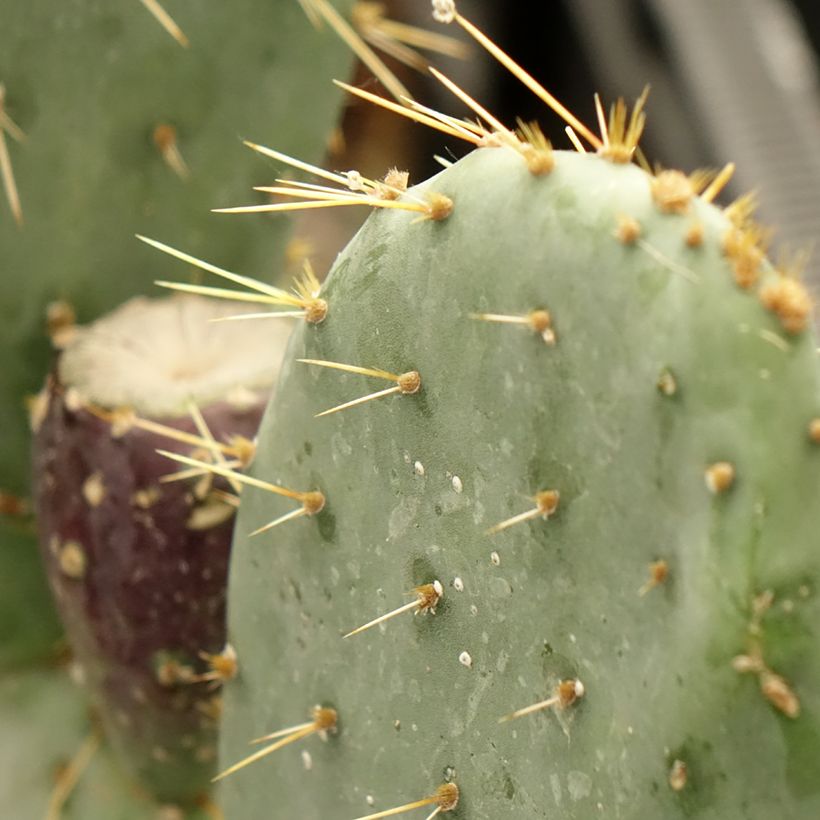



Flowering
Foliage
Plant habit
Botanical data
Opuntia
engelmannii var. rastrera
Cactaceae
Engelmann's Prickly Pear
North America
Other Perennials A to Z
View all →Planting and care
Plant the Opuntia engelmanii var. rastrera in spring or early autumn, in full sun, or even in partial shade in hot and dry climates, in poor, even rocky, limestone, sandy, but very well-drained soil. It tolerates winter humidity in porous soil, and appreciates dry, even arid soils in summer. It will withstand intense frosts, up to about -18°C (1°F). Its segments sometimes collapse in winter due to the cold, but 'reinflate' in spring. This species also tolerates salt spray, and can therefore be grown by the sea. It is not known to be susceptible to any pests.
Cultivation substrate: 3/4 potting soil + 1/4 vegetal soil + organic fertilizer for potted plants. Sandy, very rocky soil, poor in clay for cultivation in open ground.
Propagation of prickly pear's is easy: take a segment at a junction, place it on a cactus-type substrate for a few days, until a healing callus forms. Then, insert the base of the cutting a little deeper into the soil and water regularly. The plant will not flower or bear fruit before the age of 3.
Handle your cacti with gloves and protective goggles.
Planting period
Intended location
Care
Planting & care advice
-
, onOrder confirmed
Reply from on Promesse de fleurs
Similar products
Haven't found what you were looking for?
Hardiness is the lowest winter temperature a plant can endure without suffering serious damage or even dying. However, hardiness is affected by location (a sheltered area, such as a patio), protection (winter cover) and soil type (hardiness is improved by well-drained soil).

Photo Sharing Terms & Conditions
In order to encourage gardeners to interact and share their experiences, Promesse de fleurs offers various media enabling content to be uploaded onto its Site - in particular via the ‘Photo sharing’ module.
The User agrees to refrain from:
- Posting any content that is illegal, prejudicial, insulting, racist, inciteful to hatred, revisionist, contrary to public decency, that infringes on privacy or on the privacy rights of third parties, in particular the publicity rights of persons and goods, intellectual property rights, or the right to privacy.
- Submitting content on behalf of a third party;
- Impersonate the identity of a third party and/or publish any personal information about a third party;
In general, the User undertakes to refrain from any unethical behaviour.
All Content (in particular text, comments, files, images, photos, videos, creative works, etc.), which may be subject to property or intellectual property rights, image or other private rights, shall remain the property of the User, subject to the limited rights granted by the terms of the licence granted by Promesse de fleurs as stated below. Users are at liberty to publish or not to publish such Content on the Site, notably via the ‘Photo Sharing’ facility, and accept that this Content shall be made public and freely accessible, notably on the Internet.
Users further acknowledge, undertake to have ,and guarantee that they hold all necessary rights and permissions to publish such material on the Site, in particular with regard to the legislation in force pertaining to any privacy, property, intellectual property, image, or contractual rights, or rights of any other nature. By publishing such Content on the Site, Users acknowledge accepting full liability as publishers of the Content within the meaning of the law, and grant Promesse de fleurs, free of charge, an inclusive, worldwide licence for the said Content for the entire duration of its publication, including all reproduction, representation, up/downloading, displaying, performing, transmission, and storage rights.
Users also grant permission for their name to be linked to the Content and accept that this link may not always be made available.
By engaging in posting material, Users consent to their Content becoming automatically accessible on the Internet, in particular on other sites and/or blogs and/or web pages of the Promesse de fleurs site, including in particular social pages and the Promesse de fleurs catalogue.
Users may secure the removal of entrusted content free of charge by issuing a simple request via our contact form.
The flowering period indicated on our website applies to countries and regions located in USDA zone 8 (France, the United Kingdom, Ireland, the Netherlands, etc.)
It will vary according to where you live:
- In zones 9 to 10 (Italy, Spain, Greece, etc.), flowering will occur about 2 to 4 weeks earlier.
- In zones 6 to 7 (Germany, Poland, Slovenia, and lower mountainous regions), flowering will be delayed by 2 to 3 weeks.
- In zone 5 (Central Europe, Scandinavia), blooming will be delayed by 3 to 5 weeks.
In temperate climates, pruning of spring-flowering shrubs (forsythia, spireas, etc.) should be done just after flowering.
Pruning of summer-flowering shrubs (Indian Lilac, Perovskia, etc.) can be done in winter or spring.
In cold regions as well as with frost-sensitive plants, avoid pruning too early when severe frosts may still occur.
The planting period indicated on our website applies to countries and regions located in USDA zone 8 (France, United Kingdom, Ireland, Netherlands).
It will vary according to where you live:
- In Mediterranean zones (Marseille, Madrid, Milan, etc.), autumn and winter are the best planting periods.
- In continental zones (Strasbourg, Munich, Vienna, etc.), delay planting by 2 to 3 weeks in spring and bring it forward by 2 to 4 weeks in autumn.
- In mountainous regions (the Alps, Pyrenees, Carpathians, etc.), it is best to plant in late spring (May-June) or late summer (August-September).
The harvesting period indicated on our website applies to countries and regions in USDA zone 8 (France, England, Ireland, the Netherlands).
In colder areas (Scandinavia, Poland, Austria...) fruit and vegetable harvests are likely to be delayed by 3-4 weeks.
In warmer areas (Italy, Spain, Greece, etc.), harvesting will probably take place earlier, depending on weather conditions.
The sowing periods indicated on our website apply to countries and regions within USDA Zone 8 (France, UK, Ireland, Netherlands).
In colder areas (Scandinavia, Poland, Austria...), delay any outdoor sowing by 3-4 weeks, or sow under glass.
In warmer climes (Italy, Spain, Greece, etc.), bring outdoor sowing forward by a few weeks.






























